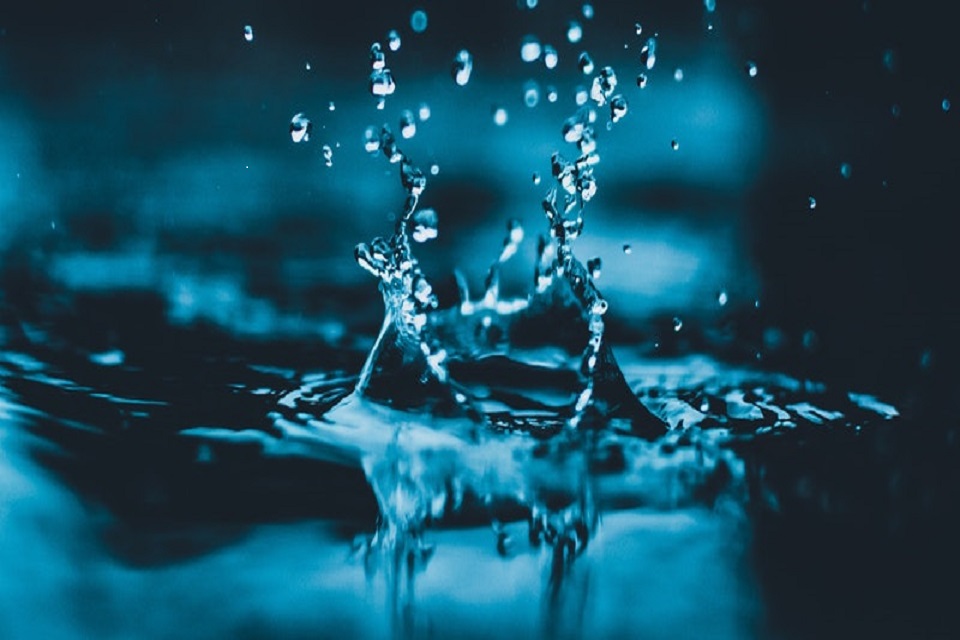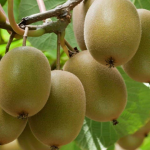Water is probably the most essential element of life and needs to be protected. You can either go at it individually or join a group to play an active role in protecting your water source from contamination. There are different ways to protect your water source, each based on the type of water source. The source could either be surface water from lakes, rivers, and ponds or groundwater from wells and boreholes.
Surface water is susceptible to various types of contaminants, hence the need for treatment before domestic use. On the other hand, groundwater is often safe; all you need is a little filtration, and you are good to go. However, groundwater can be contaminated by arsenic or fluoride as a result of waste dumps, toxic chemicals, and leakages from sewer lines and septic tanks. Here are some ideas to consider when protecting your water source from pollution.
Use and Dispose of Harmful Materials Properly
Many times when people think about harmful materials, they think about industrial waste from large companies. However, hazardous waste can also be generated at home. This can be in form of chemicals from fertilizers or pesticides used in your yard or garden. Avoid dumping hazardous material on the ground since this could contaminate nearby surface waters or groundwater. Aside from fertilizers and pesticides, other toxic home-based products contaminate the ground. They include:
- Household cleaners.
- Paint cans and leftover paint.
- Flea collars.
- Medicine.
- Motor oil.
- Mothballs.
To protect your water source, it’s advisable to use controlled amounts of fertilizers and pesticides in your yard or farm. This way, you can reduce the number of toxic substances released into the environment. Aside from controlled use, you should put in place proper disposal measures. For this, you may have to consult with the local authorities or research on the most appropriate disposal measures.
Installing a Backflow Preventer
Your drainage system can also contaminate your water source, especially when there is backflow. To prevent this, it’s best to check on your system and carry out timely maintenance frequently. You can as well install a backflow preventer to prevent your drinking water from getting contaminated by backflow. Backflow preventers are devices fitted to the piping system to allow water to flow in one direction. Backflows often result from a break in the main water line or the opening of a fire hydrant. These actions cause a change in water pressure, thus allowing water to flow back into your water supply line.
Backflow of water can contaminate the water supply with
- Human waste.
- Soap from showers and sinks.
- Fertilizer and pesticides.
- Chlorine.
Backflow preventers are not only installed where there is the incoming water. They are also installed in drainage sections where wastewater is cross-connected. This way, they can prevent the backflow of wastewater from septic tanks. Like all installations, backflow preventers wear out over time. It’s advisable to check on them regularly to identify the need for backflow preventer repair parts. Most companies go-ahead to offer plumbing services and other accessories to help prevent contamination of water.
Maintain your Septic Tank
A damaged or failed septic tank can easily contaminate your water source, surface, and groundwater. Aside from the medical bills resulting from drinking contaminated waters, a damaged septic tank can lead to legal action against you. Septic tanks are designed to hold all the wastewater generated in your home, from the toilets, bathrooms, and kitchen. Wastewater is often full of contaminants such as chlorine, house cleaning products and, human waste. A damaged septic tank causes these substances to sip into your source for groundwater or flow into a nearby water source. It’s advisable to know where your septic tank is and in what condition it is. This way you can carry out all the necessary repairs on time.
Conclusion
Water is one of the most precious things in your household. It has varied uses from cleaning, drinking to cooking. However, most water sources can easily get contaminated, resulting in several diseases. This being the case, you should put in place all precautionary measures to prevent any form of water contamination. Your safety starts with you.


